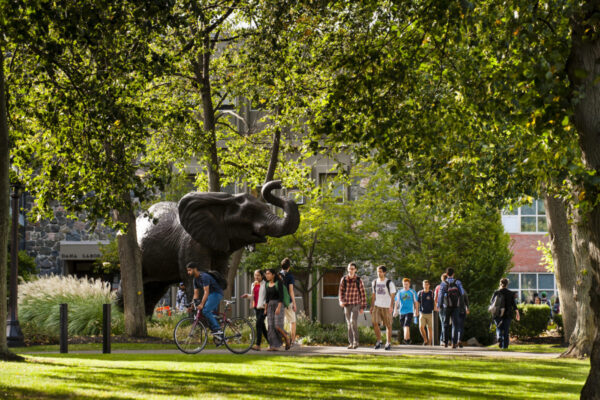Faculty Salaries Up Slightly for 2019, Report Shows
Title: 2019 Faculty in Higher Education Annual Report
Source: College and University Professional Association for Human Resources (CUPA-HR)
Analyzing data from approximately 850 higher education institutions on nearly 260,000 faculty members nationwide, the new faculty survey from CUPA-HR found the median salary increase for all faculty over the past year was 1.67 percent.
This was the first year the annual survey combined faculty responses from two- and four-year schools, as well added a variable to investigate highest degree attained by the faculty respondents.
Highlights include:
- Non-tenure faculty continue to see larger salary increases than tenure-track faculty.
- The majority of full-time faculty hold doctoral degrees. This was true across all Carnegie Classification types, with exception of associate institutions, where the majority of full-time faculty held master’s degrees.
- As faculty increase in rank (from assistant to associate to full professor), pay equity for women and racial and ethnic minorities declines.
- The representation of women and racial minorities is highest at associate institutions. Associate institutions also had higher levels of pay equity for women and racial minorities than doctoral, master’s, or baccalaureate institutions.
- With 1,410 new assistant professors hired, health professions had the largest growth of all disciplines and were the highest paying discipline for non-tenure teaching faculty.
- Most academic department heads and chairs were men (58 percent) and White (85 percent), despite women making up nearly half of the total faculty (47 percent) and people of color making up one-fifth (21 percent) of the total faculty.
To learn more about faculty roles and the annual CUPA-HR faculty survey, download the full report here.
—Jinann Bitar
If you have any questions or comments about this blog post, please contact us.


